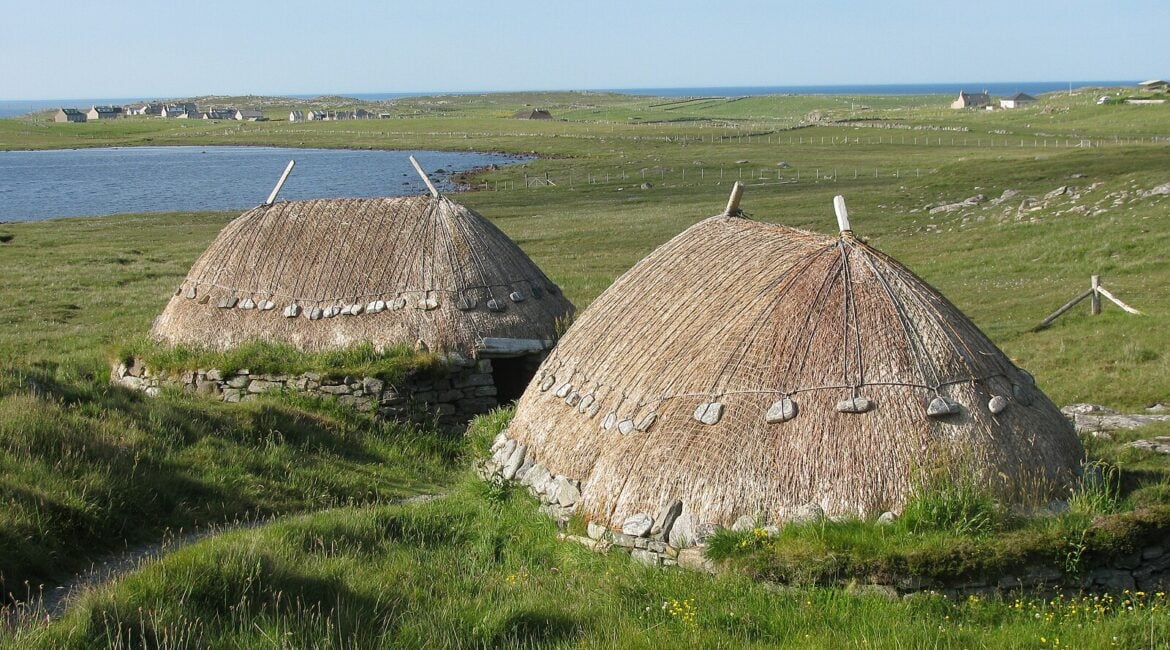
Book Your Stay at The Decca
Unveiling the Norse Legacy: Mills and Kilns of the Isle of Lewis
The presence of Norse mills and kilns on the Isle of Lewis offers a fascinating glimpse into the island’s historical connections and technological advancements. These structures tell a story of the Norse influence on the island’s culture and economy, showcasing the ingenuity of early inhabitants.
Norse Influence on the Isle of Lewis: During the Viking Age, which spanned from the late 8th century to the mid-11th century, the Norse established settlements across many parts of Scotland, including the Outer Hebrides where the Isle of Lewis is located. These Norse settlers brought with them a unique cultural and technological legacy that left a lasting impact on the islands.
Norse Mills: Norse mills were crucial for processing grains like barley and oats into flour, a staple of the diet during that era. These mills were often powered by water, utilising the natural flow of streams or rivers to turn the millstone and grind the grains. The mills represented a significant advancement in technology, allowing for more efficient food production and contributing to the sustainability of the communities.
Norse Kilns: Kilns were used for various purposes, including drying grains, curing fish, and firing pottery. On the Isle of Lewis, Norse kilns would have been essential for preserving food and producing items that were essential for daily life. These kilns provide insights into the resourcefulness and adaptability of the Norse settlers in utilising their environment for practical purposes.
Archaeological Discoveries: Archaeological excavations on the Isle of Lewis have uncovered evidence of these Norse mills and kilns. These discoveries offer tangible links to the past, shedding light on the techniques and tools used by the island’s early inhabitants. These sites are invaluable for researchers, historians, and enthusiasts interested in understanding the daily lives and activities of the Norse settlers.
Preservation and Cultural Heritage: The presence of Norse mills and kilns on the Isle of Lewis is a testament to the island’s rich history and the cross-cultural exchanges that shaped its identity. These structures contribute to the overall tapestry of the island’s heritage, reminding us of the resilience and innovation of past generations.
Educational Opportunities: The study and interpretation of Norse mills and kilns provide valuable educational opportunities. They offer insights into historical agricultural practices, technology, and the way of life during the Viking Age. These sites can be used to engage both locals and visitors in understanding the island’s past.
In summary, the Norse mills and kilns on the Isle of Lewis serve as tangible connections to a bygone era. They reflect the resourcefulness of the Norse settlers and their impact on the island’s culture and economy. As we explore these archaeological sites, we gain a deeper appreciation for the intricate layers of history that have shaped the Isle of Lewis into the place it is today.